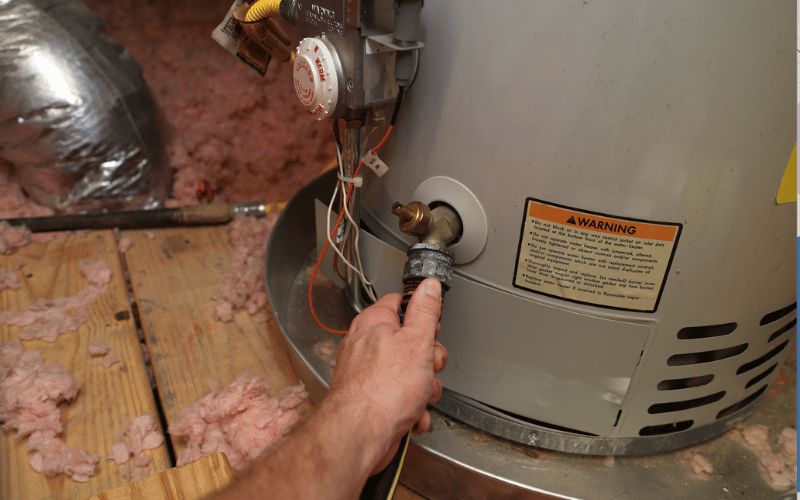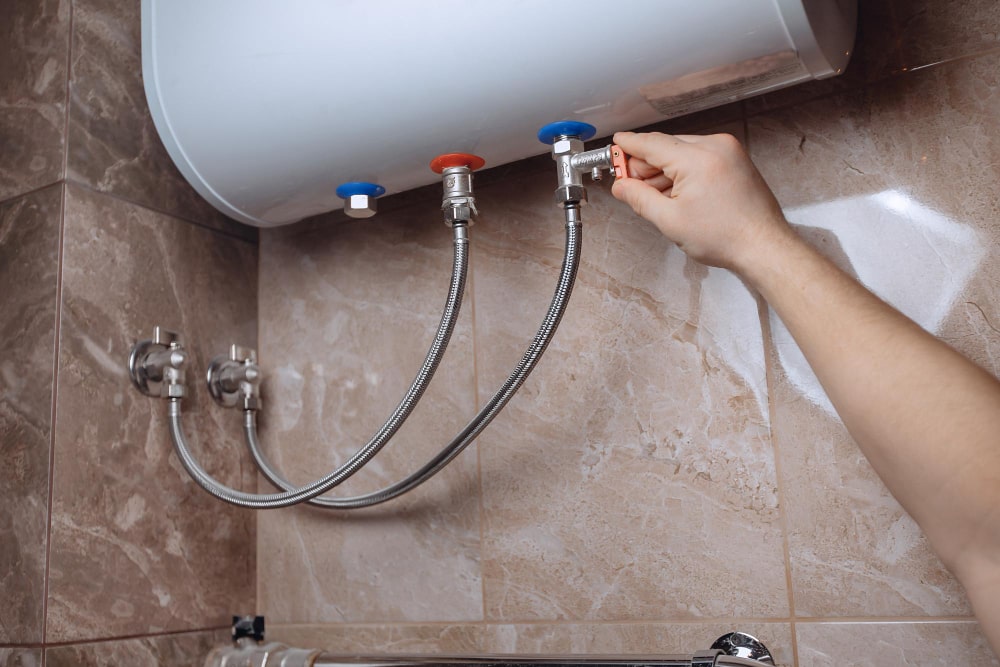How to Prolong the Lifespan of Your Home's Hot Water System Through Maintenance
How to Prolong the Lifespan of Your Home's Hot Water System Through Maintenance
Blog Article
We have uncovered the article on Tips on Maintaining a Water Heater below on the web and decided it made good sense to talk about it with you on my blog.

Warm water is important for day-to-day convenience, whether it's for a refreshing shower or cleaning dishes. To guarantee your hot water system runs successfully and lasts much longer, regular maintenance is key. This short article provides functional tips and understandings on how to keep your home's hot water system to stay clear of disruptions and expensive repairs.
Intro
Maintaining your home's warm water system might appear challenging, yet with a few basic steps, you can guarantee it operates smoothly for several years to find. This overview covers everything from recognizing your warm water system to DIY upkeep tips and understanding when to call in expert aid.
Significance of Keeping Your Hot Water System
Routine upkeep not only prolongs the life-span of your hot water system however additionally ensures it operates successfully. Neglecting maintenance can bring about decreased effectiveness, greater energy expenses, and also early failure of the system.
Indications Your Warm Water System Demands Maintenance
Understanding when your warm water system needs attention can stop significant issues. Watch out for indicators such as irregular water temperature, unusual sounds from the heating system, or rusty water.
Flushing the Water Heater
Purging your hot water heater gets rid of sediment accumulation, enhancing performance and prolonging its life.
Checking and Replacing Anode Rods
Anode rods stop deterioration inside the container. Inspecting and replacing them when worn is vital.
Complex Problems Calling For Specialist Aid
Examples include major leaks, electric issues, or if your hot water heater is constantly underperforming.
Regular Specialist Upkeep Benefits
Specialist upkeep can consist of comprehensive inspections, tune-ups, and guaranteeing compliance with safety standards.
Inspecting and Adjusting Temperature Level Setups
Adjusting the temperature settings ensures optimal performance and safety.
DIY Tips for Maintenance
You can execute a number of maintenance tasks on your own to keep your hot water system in top condition.
Checking for Leakages
Regularly evaluate pipelines and links for leakages, as these can result in water damage and greater costs.
Recognizing Your Warm Water System
Prior to diving right into upkeep tasks, it's helpful to recognize the standard elements of your hot water system. Commonly, this includes the water heater itself, pipelines, anode poles, and temperature level controls.
Regular Monthly Maintenance Tasks
Normal month-to-month checks can help catch small problems prior to they intensify.
Testing Stress Alleviation Valves
Evaluating the pressure safety valve ensures it operates appropriately and stops excessive stress accumulation.
Insulating Pipelines
Protecting hot water pipelines decreases heat loss and can conserve energy.
When to Call a Specialist
While DIY maintenance is helpful, some issues call for professional experience.
Final thought
Regular upkeep of your home's hot water system is crucial for effectiveness, long life, and expense savings. By complying with these tips and recognizing when to seek expert help, you can make certain a trustworthy supply of hot water without unanticipated disruptions.
Water Heater Maintenance: The Basics
Maintaining your water heater will ensure it operates efficiently and has a longer lifespan. Neglecting regular maintenance can lead to costly repairs and an even bigger chunk of your savings if you have to replace it sooner than necessary. But there’s good news: Most water heater maintenance tasks are relatively simple and easy for homeowners with basic DIY skills.
Flush the Water Heater
Over time, sediment and minerals can build up in the tank, reducing its efficiency and potentially causing damage. To flush the tank, turn off the power or gas supply, attach a hose to the drain valve near the bottom and open the valve to drain the water until it runs clear. Ideally, flush the tank annually.
Replace the Anode Rod
The anode rod is a sacrificial metal rod that helps prevent corrosion inside the tank. Inspect and replace it every three to five years or per the manufacturer's recommendation. To replace the anode rod, turn off the power or gas supply, drain a few gallons of water from the tank, unscrew the old rod and replace it with a new one. If the anode rod is significantly corroded or covered in calcium buildup, it's a sign the water heater may need to be replaced soon.
Tune-Up
A yearly tune-up can help identify potential issues and ensure your water heater operates at peak efficiency. This typically involves checking the thermostat, burner assembly (for gas heaters) and any other components specified by the manufacturer. During a tune-up, the technician may also clean the burner and adjust the pilot light (for gas heaters) or examine the heating elements (for electric heaters).
How to Maintain Your Water Heater
Insulate the tank. Insulating the tank can improve energy efficiency and reduce heat loss, saving you money on energy bills. You can purchase precut insulation blankets designed specifically for water heaters or use standard fiberglass insulation wrapped securely around the tank. Check the temperature. The recommended water temperature for most households is around 120 degrees Fahrenheit (49 degrees Celsius). Higher temperatures can increase energy costs and potentially cause scalding. Use a kitchen thermometer to check the temperature at the faucet nearest the water heater. Monitor water pressure. Excessive water pressure can strain the water heater and cause leaks or even tank failure. Install a pressure-reducing valve if necessary. The ideal water pressure range is between 60 and 70 PSI (pounds per square inch). Test the temperature and pressure (T&P) relief valve. The T&P relief valve is a safety feature that releases pressure if the tank gets too hot or the pressure builds up too high. Test it annually by lifting the lever and allowing a small amount of water to release. Replace the valve if it doesn't release water or reseal properly. Check for leaks. Regularly inspect the tank, pipes and fittings for leaks or corrosion. Deal with issues promptly to prevent further damage. Even a small leak can lead to significant water damage over time. Consider a tankless water heater. If your traditional tank-style water heater is nearing the end of its lifespan ( typically 10 years), consider replacing it with a tankless water heater. These units heat water on demand, reducing standby energy losses and potentially saving you money on your energy bills. Schedule professional maintenance. While homeowners can perform many water heater maintenance tasks, it's still a good idea to schedule professional maintenance every few years. A plumber or HVAC technician can thoroughly inspect the unit, identify potential issues and ensure it operates safely and efficiently. https://www.homeserve.com/en-us/blog/home-improvement/hot-water-heater-maintanence/

We were made aware of that write-up on Tips For Maintaining Your Hot Water Heater from a buddy on another domain. Liked our blog entry? Please quickly share it. Let other people find it. Thanks a lot for your time. Please check our blog back soon.
Go Deal Now Report this page